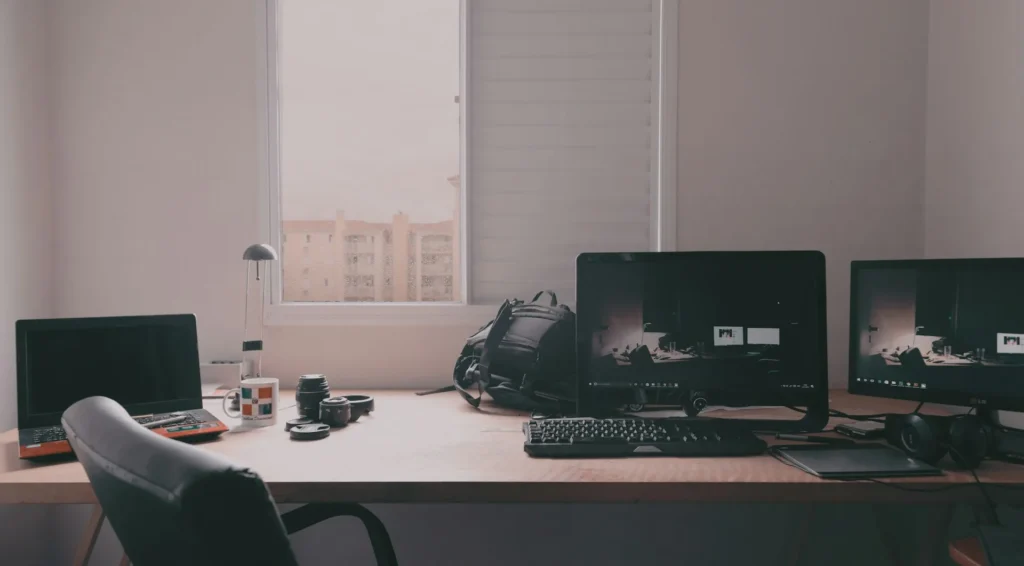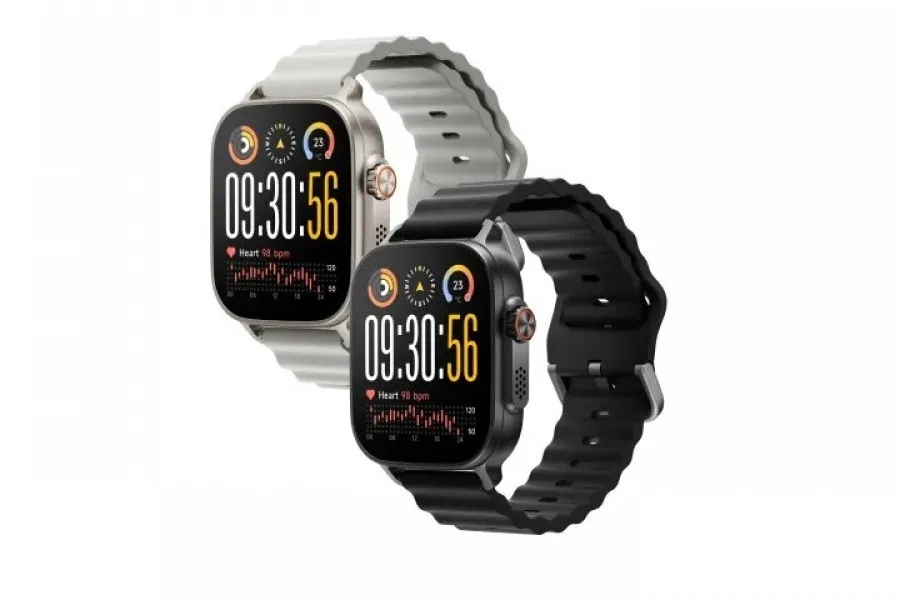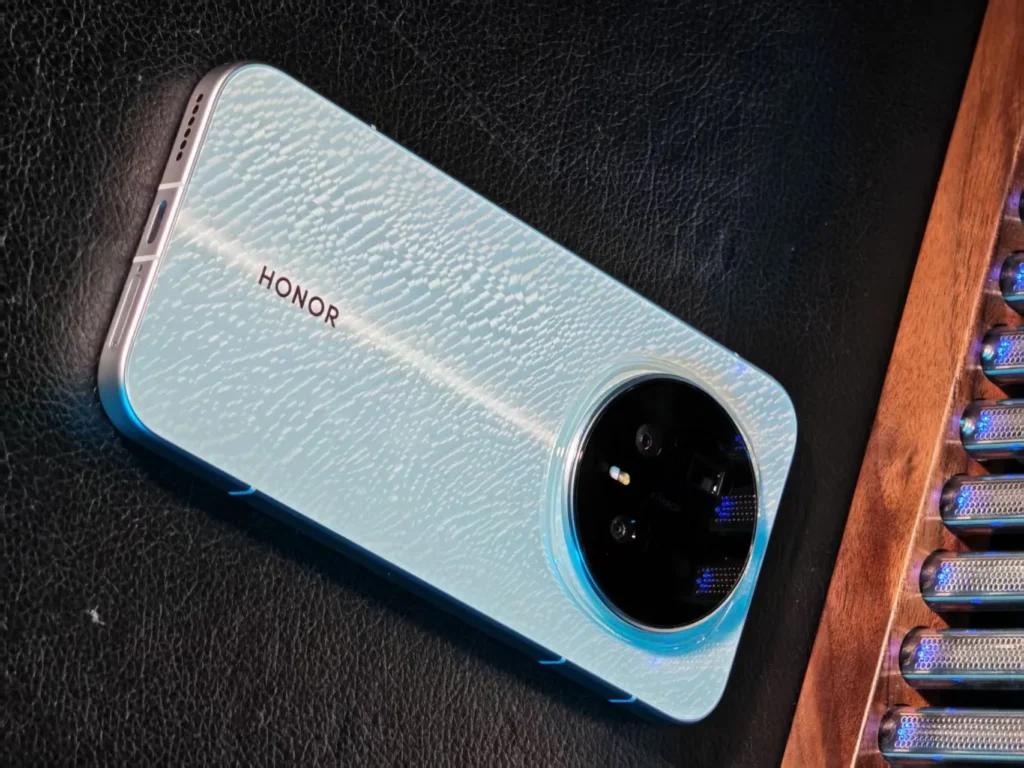End of Windows 10: The Forced Update Revives the Global PC Market
October 14, 2025, marks the end of an era: Microsoft officially terminates support for Windows 10, after nearly a decade of dominance. However, instead of signaling the death knell for computers running the older OS, this date triggered a contrary effect: a surge in PC sales worldwide.
Faced with the technical obsolescence of millions of machines and security pressures, both individuals and businesses are quickly turning to computers compatible with Windows 11.
End of Windows 10: A Massive Transition Effect
According to various analysis firms, global PC shipments surged by nearly 9.4% in the first quarter of 2025, confirming an unexpected rebound in the sector after years of stagnation following the pandemic.
With Windows 10 still installed on approximately 400 million devices, it has become the catalyst for an unprecedented hardware upgrade.

This momentum is driven by two major factors:
- the stringent hardware requirements of Windows 11 (TPM 2.0, Secure Boot, recent processor),
- and the cost of the extended update program (ESU), priced at $30 per year for those wishing to delay migration.
As a result, many users prefer to invest in a new machine rather than pay to artificially extend the life of their old PC.
Businesses on the Frontline
Large organizations account for a significant portion of this purchasing wave. According to The Register, millions of office workstations are still running Windows 10 in major corporations, exposing businesses to critical security risks. Consequently, IT departments are accelerating bulk orders to avoid managing unsecured fleets.
Analysts anticipate PC market growth of 5 to 8% throughout 2025, driven by plans to refresh IT infrastructures.
This is a boon for players like HP, Dell, and Lenovo, who are increasingly offering turnkey migration solutions and take-back programs for old devices.
For Consumers: Between Opportunity and Constraint
For individuals, the situation is more nuanced. Some are seizing the opportunity to replace an aging PC before a potential increase in prices due to international trade tensions.
Others, however, are delaying the transition, aware that their machines still function perfectly with Windows 10. “Even though Windows 10 remains stable, the absence of security patches starting in October will make its use risky in the long run,” warns an expert quoted by Windows Central.
In reality, Microsoft has extended updates for Microsoft Defender and Office 365 applications until 2028, allowing cautious users to temporarily remain on the older OS… but not indefinitely.
Toward a New Generation of AI-Ready PCs
This forced transition benefits not only manufacturers but also reshapes hardware standards. New PCs compatible with Windows 11 are almost universally “AI Ready,” embedding processors with dedicated NPU units for artificial intelligence. Microsoft is promoting this strategy through Copilot+ PC, a range designed to leverage local AI functions without cloud connectivity.
In other words, the end of Windows 10 also marks the beginning of a new technological era, where artificial intelligence is integrated into the very fabric of hardware.
An Environmental and Social Impact to Monitor
This massive renewal is not without consequences. The millions of discarded computers pose a significant ecological challenge, and the cost of new devices remains prohibitive for some users, exacerbating the digital divide.
Initiatives for refurbishment and equipment donations are already multiplying to mitigate this side effect.
End of One Cycle, Beginning of Another
Windows 10 not only marked the democratization of the modern PC — it also defined its longevity. Its disappearance serves as a reminder of a frequently overlooked reality: in the Microsoft ecosystem, software still dictates the rhythm of hardware.
For manufacturers, this end of support acts as an artificial yet beneficial economic stimulus that should sustain growth in the sector until 2026.
For users, it is an opportunity to enter the era of smart PCs… provided they are willing to take the leap.




